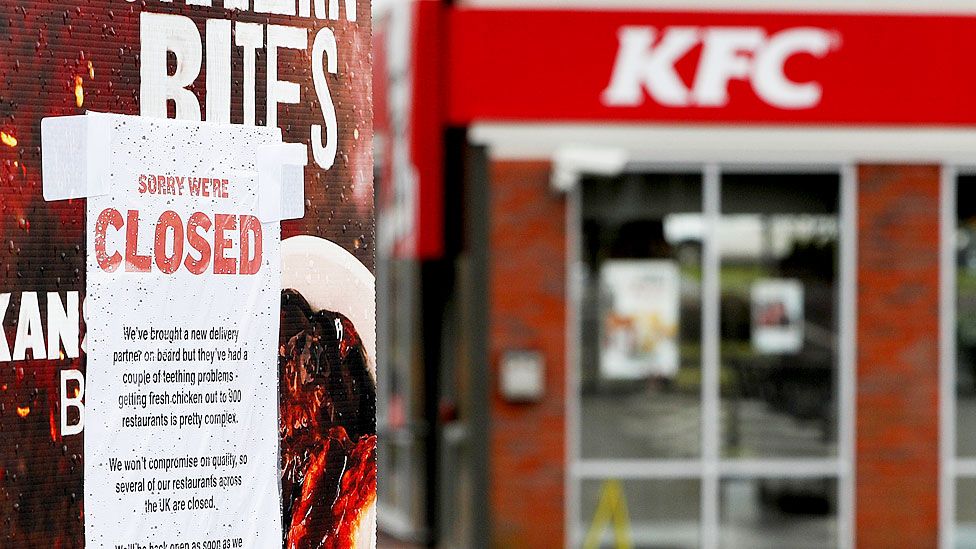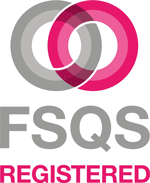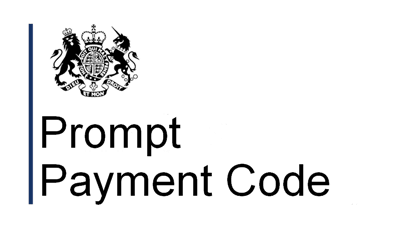A Risk Based Challenge and My 10 Top Tips
Gill Dando, Principal Consultant, RQA Group

As an ex-technical manager, with a focus on food and product safety and regulatory matters, I have always been sure that adopting a single source supply chain strategy is a bad idea. Our RQA Group consultants’ conference this year sparked some debate and the predominant view was that it had more negative than positive connotations, especially when it comes to our business of proactively managing risk. I decided to try and learn some more about the topic and wrote the following short article where, as you can see, I think I managed to change my own mind by the end. I, at least, understand my supply chain and purchasing strategy colleagues of old a little better now, truth be told! Here at RQA Group, we understand these pressures and the strategic challenges to make radical decisions; but at what price comes quality and the subsequent risks to business continuity, product or food safety? I’m now going to take a look at the single source supply model, pros and cons, and potential mitigation strategies to limit some of the potential negative impacts.
In an increasingly demanding market resulting from the cumulation of numerous socio-economic and production related pressures, the focus on cost saving and streamlining of services has perhaps never been greater. Single or multi source supply is often a hot topic of discussion in any industry, whether one versus the other reduces or increases associated risk is disputed. Furthermore, one other important fact is often missing: in many cases, there may be limited or even no opportunity to choose between these alternatives.
Many aspects of a single source supply strategy can return fantastic rewards. The obvious one is cost savings, with the buyers able to leverage the best prices based on volume related negotiations. Hand in hand with this comes many other positives, such as forging strong and robust inter-company relationships whereby various terms outside of straight cost price can be favourable. These can include logistics, delivery formats and times, specification controls, developmental involvement and obligations regarding availability, amongst others. Not all pros are limited to buying teams either; when we think about the requirements technically needed to onboard, qualify, validate and verify a supplier then this type of system alleviates much pressure on technical departments also. Whether this is a relatively simple bulk ingredient, or a highly specialised and technically demanding commodity, benefits can be seen throughout the spectrum. When we look at some of the recent GFSI updates, namely in the BRCGS version 9 update in early 2023, sections on supplier approval, qualification on ongoing monitoring have certainly become more involved. Related sections also apply, whereby supply chain transparency and management is key, such as management of suppliers, food defence, HACCP and almost every other section. The more suppliers a business has to monitor then the more technically complex and demanding a task this may become.
Of course, nothing in this world comes without risks and a single source supply strategy does not escape unscathed. In the case of a sole source then there is a risk of complacency on both sides and, over time, a loss of competitive edge. It may make moving supplier increasingly difficult due to the lack of competition driving other suppliers’ interest away, missing out on ring-fencing of volume and, in the case of shortages through unforeseen issues or crisis situations, the real risk of catastrophic disruptions to business exists.
A famous example of this was seen in 1998, at Ford manufacturing facilities in Cologne and Dagenham. These plants sourced seemingly simple commodity type components using a single source supply model for car boot and door latches. The component went out of stock and the root cause of the supply problem was put down to a computer glitch. This ended up resulting in a three-day shutdown of manufacturing of the Fiesta and Puma models. The cost to Ford was reported to be approximately £70 million in labour costs plus the production of about 7,000 vehicles was delayed, with knock on effects to the pipeline and plans going forward.[1]
You may think that this is quite an old example now, but the fact of the matter is that, in our industry, we continue to learn from past mistakes. A lot of this knowledge is lost and we see mistakes reproduced time after time in the recall environment so it is always good to reflect. We see more modern examples across industries where supply chain strategies have caused catastrophic issues, such as the air bag supplier Takata. Degradation over time lead to serious faults and has been linked to at least 24 deaths and hundreds of injuries worldwide, resulting in the largest automotive recall in history. As of 2022, over 67 million vehicles in the United States have been recalled for the defective airbags, with over 100 million being recalled globally. The affected automakers include Honda, Toyota, Nissan, BMW, Mazda, Ford, General Motors, and many others.[2] The recall has been ongoing for years, with automakers struggling to replace the defective airbags in a timely manner due to restrictions in the supply chain. The COVID-19 pandemic further complicated efforts, as supply chain disruptions and social distancing requirements slowed down the process.

In February 2018, KFC had to temporarily shut down hundreds of its stores in the UK when they changed their logistics supplier from Bidvest to DHL. The shift in suppliers led to delays in the delivery of chicken to restaurants, causing a shortage of stock in many outlets. This forced KFC to temporarily close around two-thirds of its 900 UK outlets until they could sort out the delivery issues with their new supplier. This resulted in significant customer outrage and caused KFC to suffer a significant loss in sales which continued for several days. In 2018, some mainstream media reports stated that the company estimated the temporary closure of its UK stores could have cost them up to £1 million per day in lost sales alone![3]
These are only a few of many examples where issues have arisen with single source supply but problems also occur in multiple supply systems, such as the commodity shortages seen in recent years due to adverse weather, pandemics and conflicts. It is often said that “putting all of your eggs in one basket” compounds these risks but in recent decades the global markets have become more synonymous with local ones due to improved communications and logistics. Perhaps this means it is better to consider the options available on a case by case basis and to apply similar, if not identical strategies, whichever option is chosen.
These control mechanisms therefore begin to demand a strategic plan for each commodity or product type and should include both historical (lagging) and horizon scan (leading) data and modelling techniques. Here’s my ten ‘top tips’ of things to consider when evaluating supply chain risk:
- Critical risk assessment of each commodity linked to your company – including specification, raw material scarcity, labour issues, stock-hold limitations and logistical constraints
- Pricing metrics and forecasting for the commodity itself, to protect against risks linked to inflation and margin losses
- Supply and demand metrics, both lagging and leading
- Incumbent supplier KPI performance review based on a long enough period to cover any impacts of seasonality or other known pressure
- Summary review of the global supply chain for the commodity in question versus business policy i.e. any rules demanding local or specific requirements
- Monitoring and horizon scanning of threats and vulnerabilities to the commodity such as regulatory database search information, weather patterns or other known potential risk factors
- Scan of future trends and potential impacts on volume demands or other supply chain pressures for certain commodity groups, items or origins
- Review of your company’s site crisis and business continuity plans to ensure they are up to date, involve the right key people, are clearly understood (via training) and capture these supply chain risks as part of process, should they be required
- If it is essential to rely on a single supplier, make sure it is possible to switch to an alternative that is pre-approved and ready to go within the time restrictions identified within the business impact analysis/risk assessments
- ChatGPT, OpenAI and other similar tools are starting to be used now and could be a fast way to get to data automatically, but the sources can’t always be trusted so should be verified.
Historically, many stakeholders, including myself and many of my technical peers, would assume that single source supply was the riskiest option, but it is much more complex and variable than that. Each department stakeholder within a business might have a different view and logic as to what they believe and why. It really is critical to involve a cross-functional team in any of these types of decisions to get the best solution. Whichever supply option is selected, or if it is a blended approach, then the key to success and risk mitigation is to have a well-structured and open-minded approach and to be prepared for the unexpected at all times.
In conclusion, a single sourcing strategy has both advantages and disadvantages. While I now understand it has some significant pros, such as cost savings, improved quality control and simpler supply chain management, it also carries the risk of dependence, limited flexibility in a crisis and lack of healthy competition. I believe businesses should evaluate the options available to the thoroughly and make a decision based on their specific needs and circumstances and learn from the past. It is key to review historical data and issues as well as to horizon scan and forecast possible future risks.
RQA Group can help you with a number of aspects of supply chain risk management, calling on our highly experienced, global product experts. Click below to request more information on how we can assist you.
[1] “Supply Failure Won’t Change Ford Policy.” Professional Engineering. June 1998.
[2] Takata Airbag Recall: Everything You Need to Know – Consumer Reports
[3] KFC returns to original supplier after chicken shortage fiasco | Food & drink industry | The Guardian


